14 Wild Animals in Cameroon [Wildlife in Cameroon]
Want to know more about the wildlife in Cameroon?
Discover 14 wild animals in Cameroon in this post, as well as interesting facts about them. 🇨🇲
Learn All About Cameroonian Animals
Ready to learn all about Cameroonian animals?
I’ve always been fascinated by animals and by how they can be so different from one country to another. In this guide, we’ll focus on the many animals Cameroon has on the land, in the sky, and underwater.
I’ve split the guide into 5 categories:
- Native animals from Cameroon
- Endangered animals of Cameroon
- What is the national animal of Cameroon?
- How many animals native to Cameroon?
- What are the predators in Cameroon?
Let’s dive in right away with our first category!
Native Animals from Cameroon
Cameroon is an African country located at the crossroads of the western and central parts of the continent, below the Sahara. It was a French and British colony and has been independent since 1961. It is bordered by Gabon, Nigeria, Chad, Equatorial Guinea, the Republic of the Congo, and the Central African Republic. Its biggest city and capital is Yaoundé, which counts more than 2,765,000 inhabitants.
An interesting part of the country that I wanted to tackle is its wildlife. In light of that, I have listed the best of it, and I hope you will love learning what animals live in Cameroon.
Here’s the Cameroon animals list.
1. Cross River gorilla
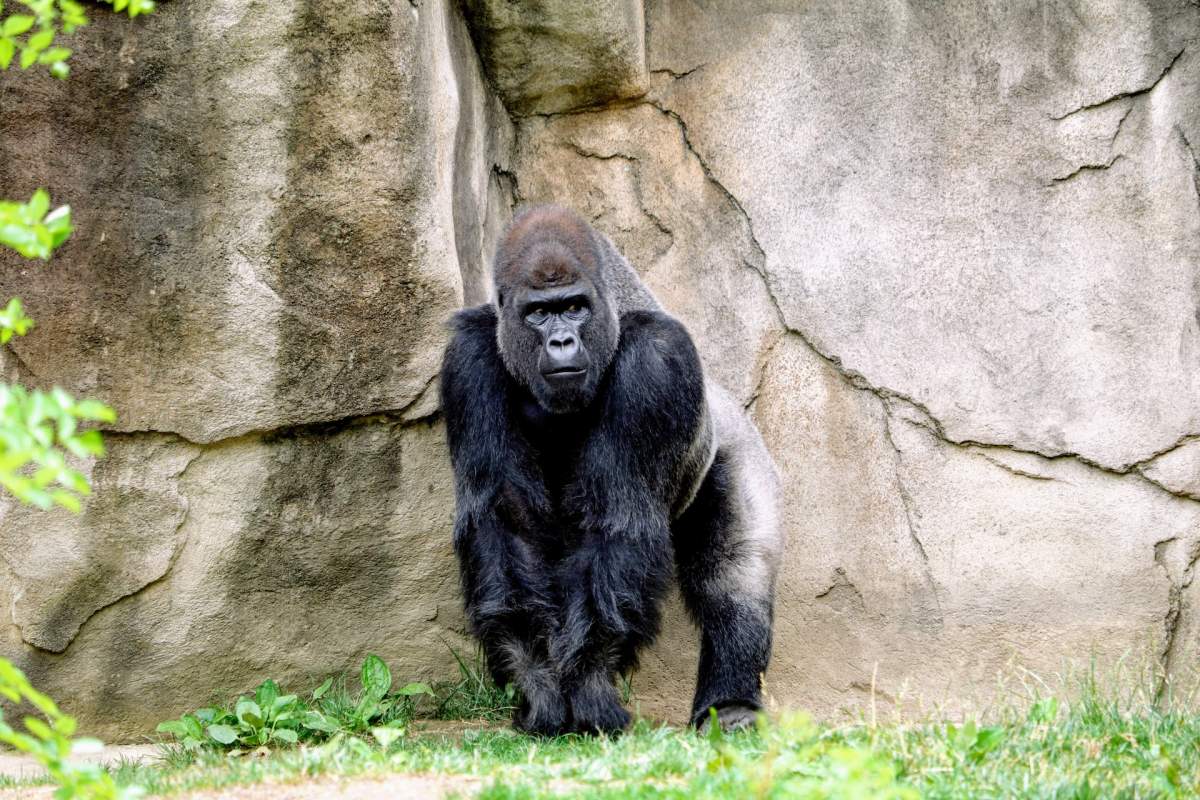
- Name: Cross River gorilla
- Scientific name: Gorilla gorilla diehli
- Conservation status:
Gorillas are some of the most emblematic animals of Central Africa, and they are widespread in Cameroon. Sadly, most species are endangered, including the Cross River gorilla, which is actually critically endangered.
It only lives in the forests and hills of the Cameroon-Nigeria border, at the source of the Cross River of Nigeria, which is where it got its name from. It is threatened by habitat loss, fragmentation, and hunting, and is on the verge of extinction.
2. Black rhinoceros
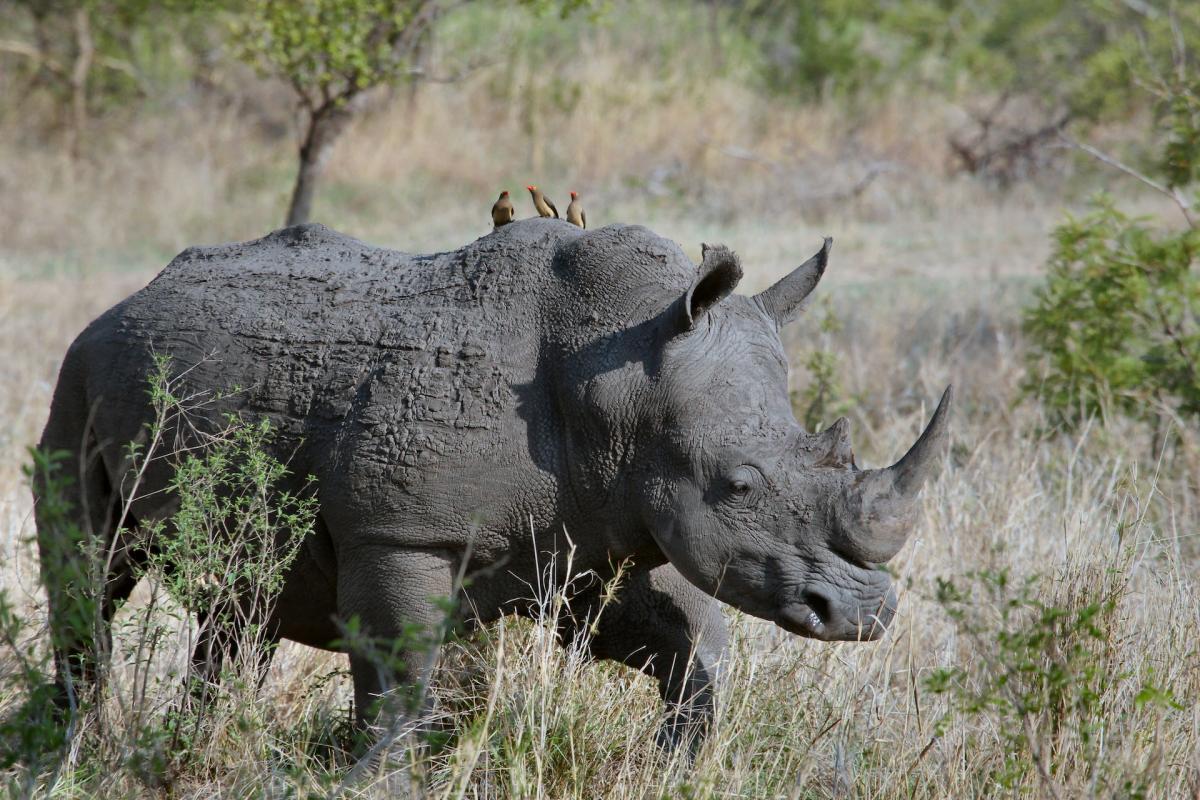
- Name: Black rhinoceros
- Scientific name: Diceros bicornis
- Conservation status:
The black rhinoceros, also known as the hook-lipped rhinoceros, is an infamously threatened species of rhinoceros. But thanks to conservation efforts, the situation is now better than it was.
In 2019, there were around 5,500 wild individuals in Africa, and this population was either stable or increasing. Throughout most of the 20th century, it was actually the most widespread species of rhino, with several hundred thousand of them in 1900! The population hit an all-time low of around 2,000 in 2004, all due to illegal poaching, competing species, and habitat changes.
3. Common ostrich
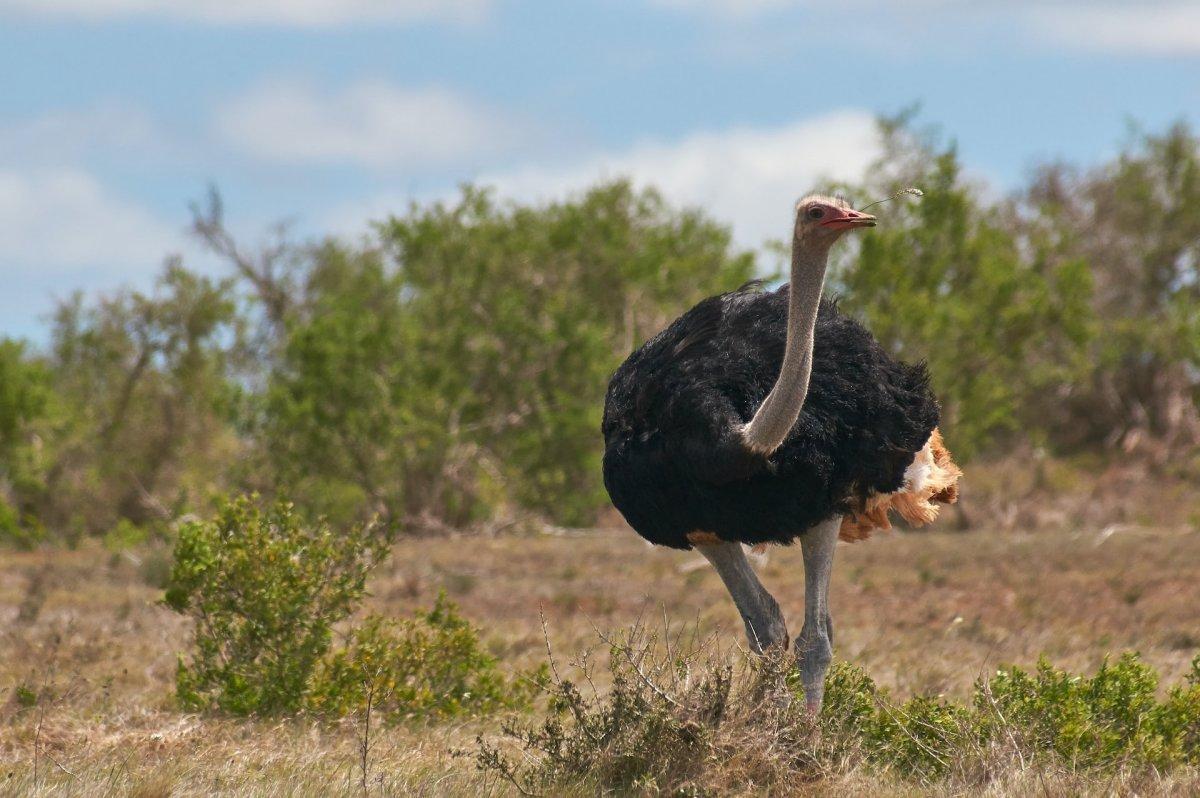
- Name: Common ostrich
- Scientific name: Struthio camelus
- Conservation status:
The common ostrich is a species of large flightless bird native to most of Africa. It is the largest living bird species, and one of two species of ostriches, the other being the Somali ostrich.
Its diet is mostly made of plant matter, but it was also seen eating small reptiles and invertebrates. It is known for running very fast, up to 70 km/h / 43 mph, and it can hold a speed of 55 km/h / 34 mph for long distances.
4. African bush elephant
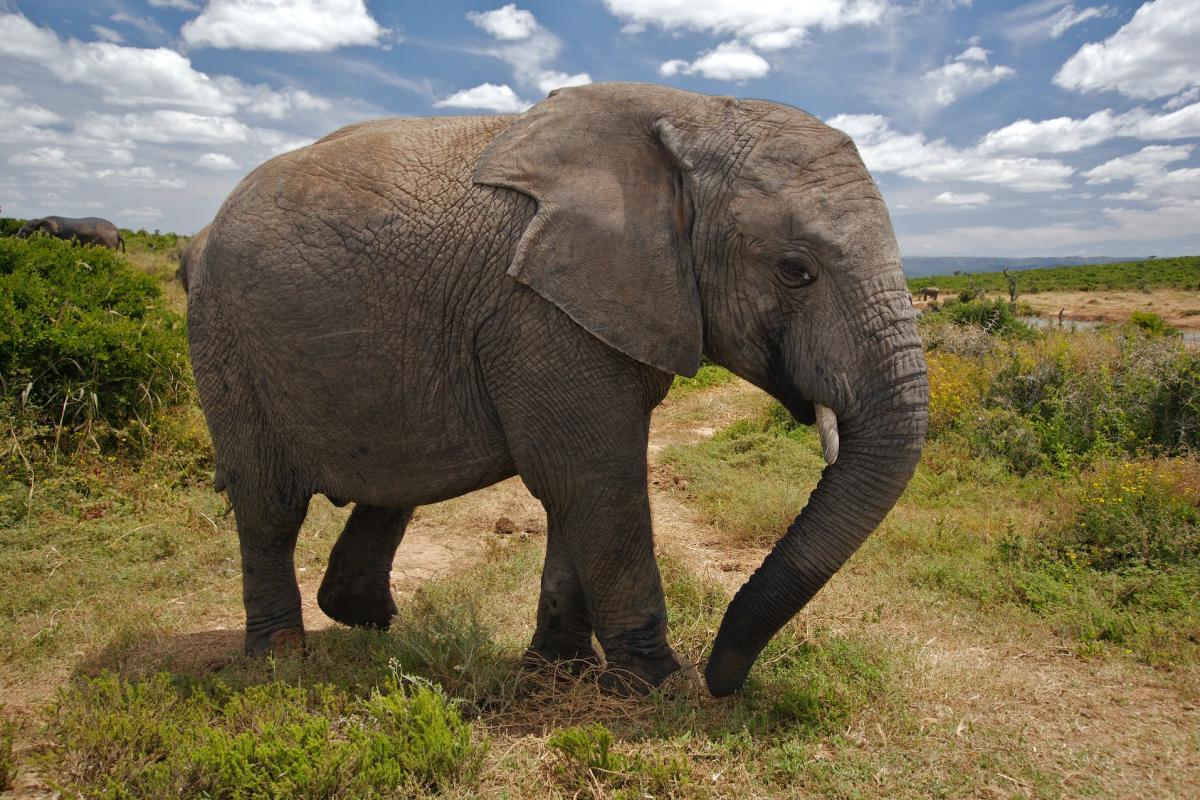
- Name: African bush elephant
- Scientific name: Loxodonta africana
- Conservation status:
The African bush elephant is the largest living land animal on the planet, but it is sadly seriously threatened. Historically, it has always suffered from poaching, most notably for its ivory tusks, but also for meat. Recently, more serious threats such as habitat destruction were added to the long list of threats to elephants.
This animal can be seen in herds of males, females, and their offspring, though adult males are often solitary or in small all-male groups.
5. African manatee
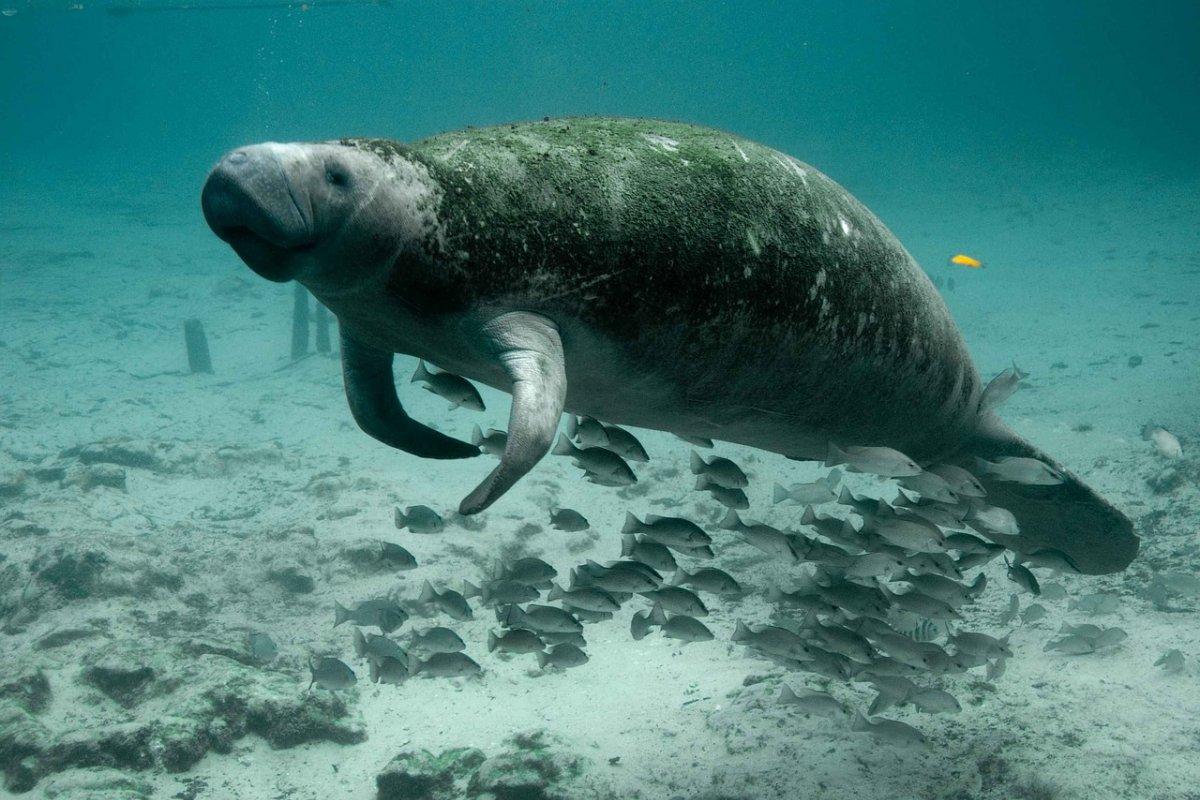
- Name: African manatee
- Scientific name: Trichechus senegalensis
- Conservation status:
The African manatee, also known as the West African manatee, is a species of manatee endemic to the coasts of western Africa. It inhabits oceans, but also rivers, lakes, reservoirs, and coastal estuaries. At best, this manatee was seen at 75 km / 47 mi offshore.
This animal is an herbivore. It also eats fish, mollusks, and clams when needed though. It has been part of several African legends, where it was known as a goddess of the sea, and a symbol of… beauty and wealth!
6. Drill
- Name: Drill
- Scientific name: Mandrillus leucophaeus
- Conservation status:
The drill is a species of primate related to mandrills and baboons. It has a short tail, and adult males have a pink lower lip and a white chin. This species has a very high sexual dimorphism, considering males can weigh up to 50 kg / 110 lb, while females only reach 12.5 kg / 28 lb at best!
These monkeys live in large groups of 20 to 30 individuals, with one dominant male, multiple males and females, and all their offspring.
7. Chimpanzee

- Name: Chimpanzee
- Scientific name: Pan troglodytes
- Conservation status:
The chimpanzee, also known as the chimp, is a species of great ape native to Central and West Africa. It can usually be seen in groups of 15 to 150 individuals but stays in smaller groups during the day and forages.
There are an estimated 170,000 to 300,000 wild chimpanzees, and this species is endangered. It is mainly threatened by poaching, disease, and habitat destruction, though it is protected by law in most of its range. Very rarely, it can attack humans, and kill children!
8. Greater flamingo
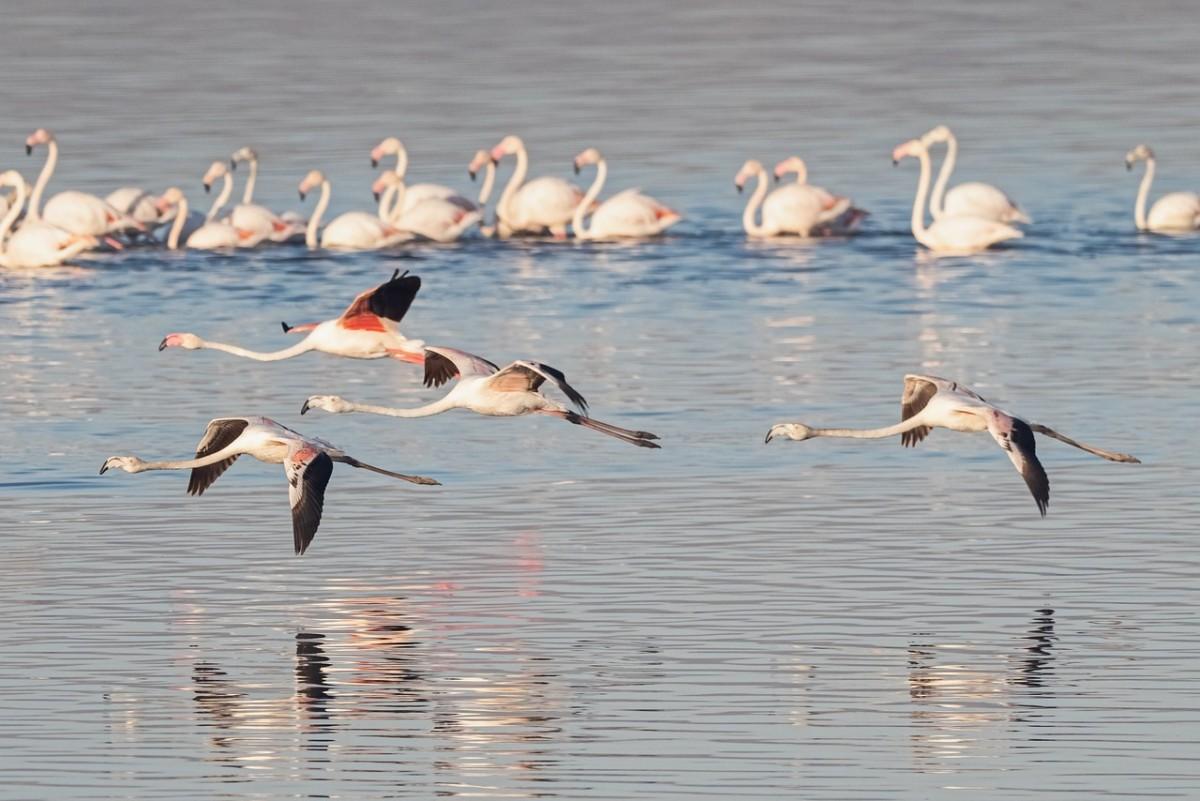
- Name: Greater flamingo
- Scientific name: Phoenicopterus roseus
- Conservation status:
The greater flamingo is the most famous and widespread and the largest species of flamingo on the planet. It can be found in Africa, southern Europe, the Indian subcontinent, and in the Middle East.
Though it has a characteristic pink coloration (that comes from its diet), it is born completely gray, and chicks are easily recognizable. This flamingo lives in coastal lagoons with salt water and stirs up the mud with its feet to find food.
9. African pygmy squirrel
- Name: African pygmy squirrel
- Scientific name: Myosciurus pumilio
- Conservation status:
The African pygmy squirrel is the smallest animal on this list. It is a species of rodent native to Cameroon, Equatorial Guinea, Gabon, and the Republic of the Congo. It is one of the world’s smallest squirrels, alongside the least pygmy squirrel in Asia, and it measures around 12 to 14 cm / 4.7 to 5.5 in.
Even though it is considered of least concern, its population is on the decline due to habitat loss.
10. Red-fronted gazelle
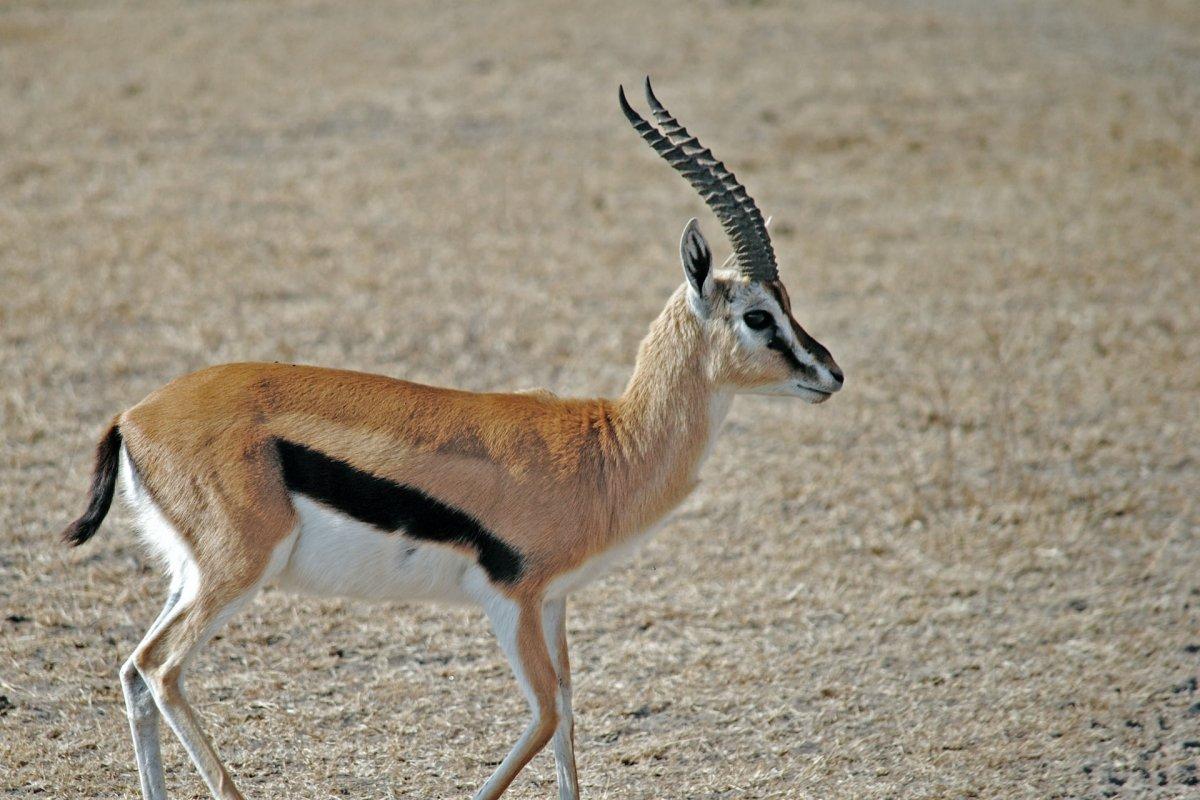
- Name: Red-fronted gazelle
- Scientific name: Eudorcas rufifrons
- Conservation status:
The red-fronted gazelle is a widespread species of gazelle. It can be found just below the Sahara, from the western coast to the eastern coast of the continent, in a thin area. It mostly inhabits the Sahel region and likes arid grasslands, shrubby steppes, and wooded savannas.
This gazelle is a grazer, but can occasionally eat leaves from trees as well. Its main predators include lions, leopards, hyenas, wild dogs, and cheetahs.
11. Northern lion
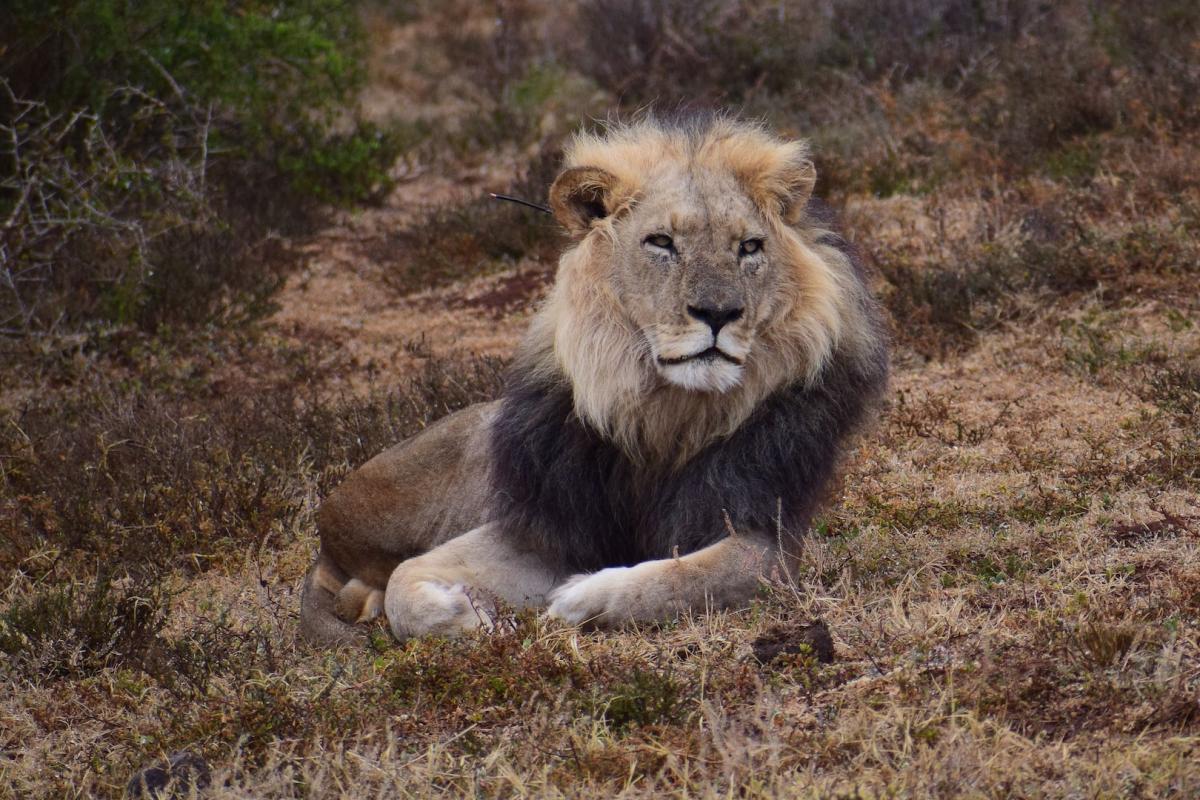
- Name: Northern lion
- Scientific name: Panthera leo leo
- Conservation status:
The Northern lion is a subspecies of the African lion, native to western Africa, northern Central Africa, and even India. It is regionally extinct in a lot of its former range, such as southern Europe, western Asia, and northern Africa.
Male Northern lions are either solitary or live with up to 3 other males. They rest, hunt, and feed together. On the other hand, females live in groups of up to 12 individuals with their cubs. They often share food with each other, but rarely with males.
12. African leopard
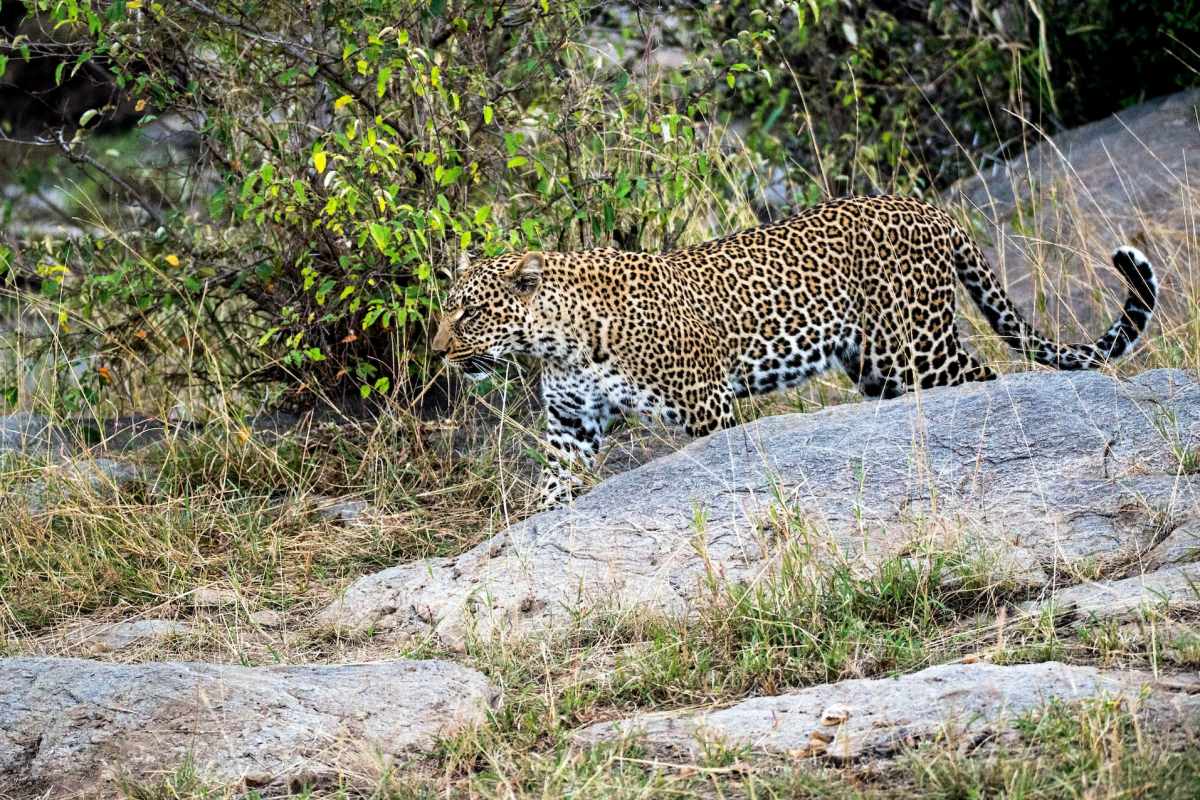
- Name: African leopard
- Scientific name: Panthera pardus pardus
- Conservation status:
Alongside the lion and the cheetah, the African leopard is one of the most famous and iconic large carnivores of Africa. It is native to most of sub-Saharan Africa, though its range has been fragmented over the decades.
Depending on its habitat, the African leopard will have a much different coat. It also lives in a variety of areas, from rainforests to arid deserts. Most of the time, this wild cat can be seen among trees, either resting or dragging the carcass of its prey.
13. African wild dog
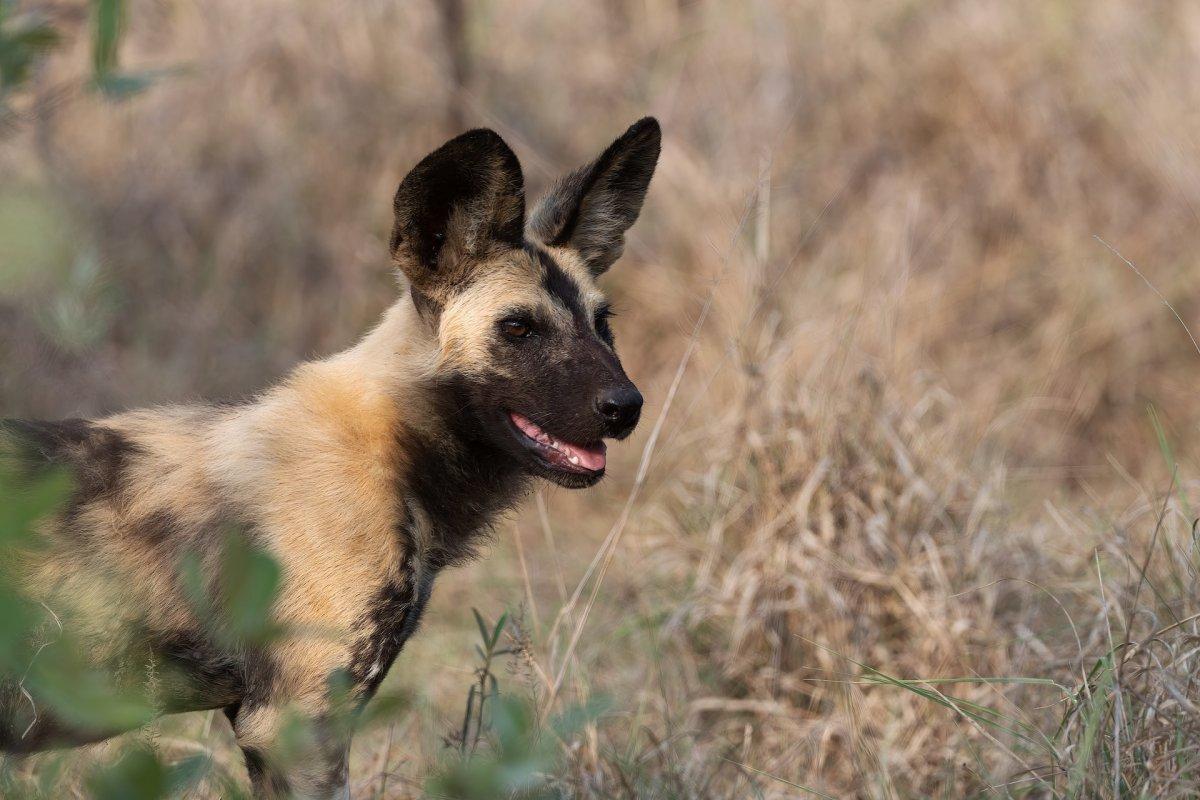
- Name: African wild dog
- Scientific name: Lycaon pictus
- Conservation status:
The African wild dog, also known as the African painted dog or the African hunting dog, is a species of wild dog native to sub-Saharan Africa. It is the largest wild canine in all of Africa, and it is majorly threatened by human persecution, outbreaks of disease, and habitat fragmentation.
This canine lives in packs and is highly social. It is active by day, and hunts for antelopes: while it is not very fast, it hunts them to exhaustion.
14. Leatherback sea turtle
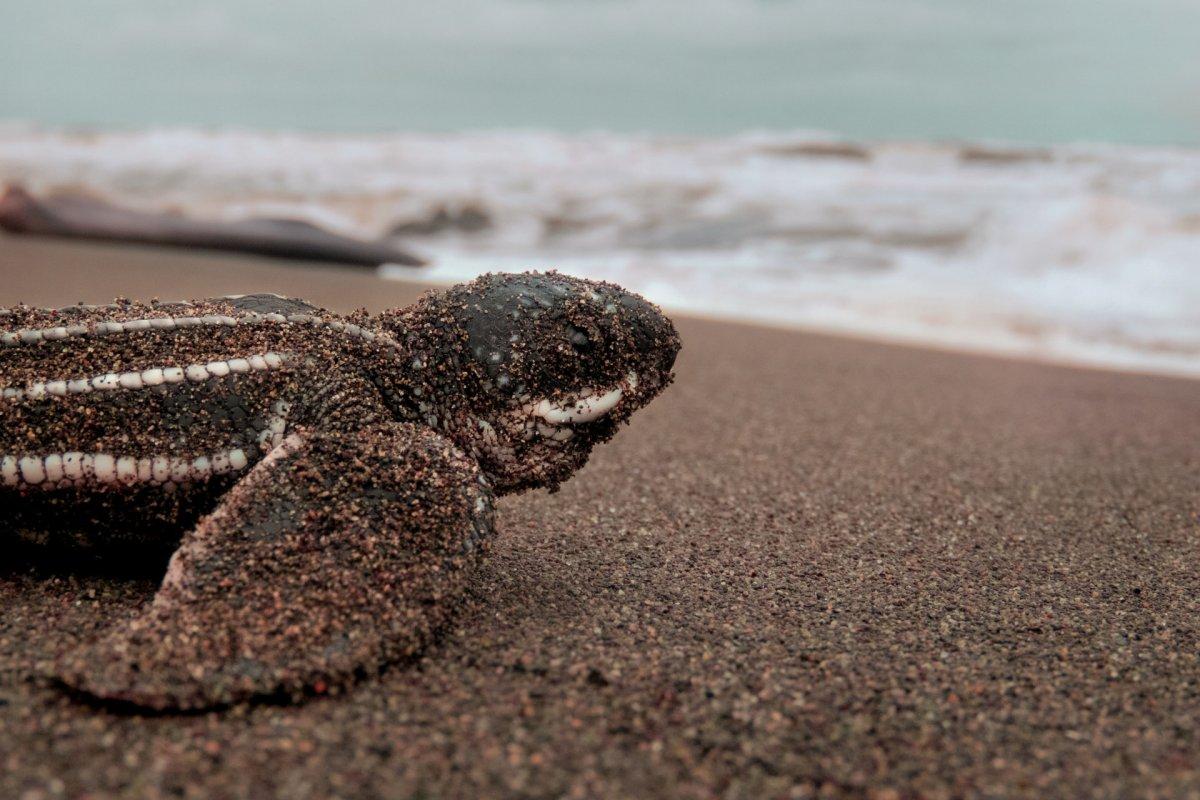
- Name: Leatherback sea turtle
- Scientific name: Dermochelys coriacea
- Conservation status:
The leatherback sea turtle, also known as the leathery turtle or the lute turtle, is the largest turtle in the world. It is also the heaviest reptile that is not a crocodile, as it can reach up to 2 m / 6.5 ft and weigh up to 600 kg / 1,322 lb.
Though these turtles have few natural predators when they are adults, they are very vulnerable in their early life. Birds and small mammals dig up the nests and eat the eggs. The artificial light disturbance is an important threat to the leatherback turtle because juveniles are attracted to it and crawl away from the sea. Plastic pollution is also a big problem.
—
So there you have them, these were my 14 wild animals in Cameroon. I hope you enjoyed this list and that you learned something new today.
In case you want to learn more about Cameroon wildlife, feel free to keep reading, as I still have lots of things to tell you about:
Endangered Animals of Cameroon
This is definitely the saddest part of the list, but it is crucial to raise awareness. Because of this, let’s go through the list of endangered animals in Cameroon.
Here are the animals in danger of extinction in Cameroon.
- None
- Western gorilla
- Myaka myaka
- Sand tiger shark
- Preuss’s red colobus
- Home’s hinge-back tortoise
- and 73 more…
- African spurred tortoise
- Chimpanzee
- Whitespotted eagle ray
- Mount Cameroon francolin
- Steppe eagle
- and 126 more…
To see the full list of endangered species in Cameroon, head over to the International Union for Conservation of Nature’s Red List.
What is the National Animal of Cameroon?
The national animal of Cameroon is the lion.
Like many other countries in Africa, but also around the world, Cameroon is represented by the almighty king of animals. It is a symbol of victory, might, and pride.
The lion has also long been part of the Cameroonian culture, being a common character in proverbs, dances, and stories. In some countries, it is known as “simba”, which means “king”, “strong” and “aggressive”.
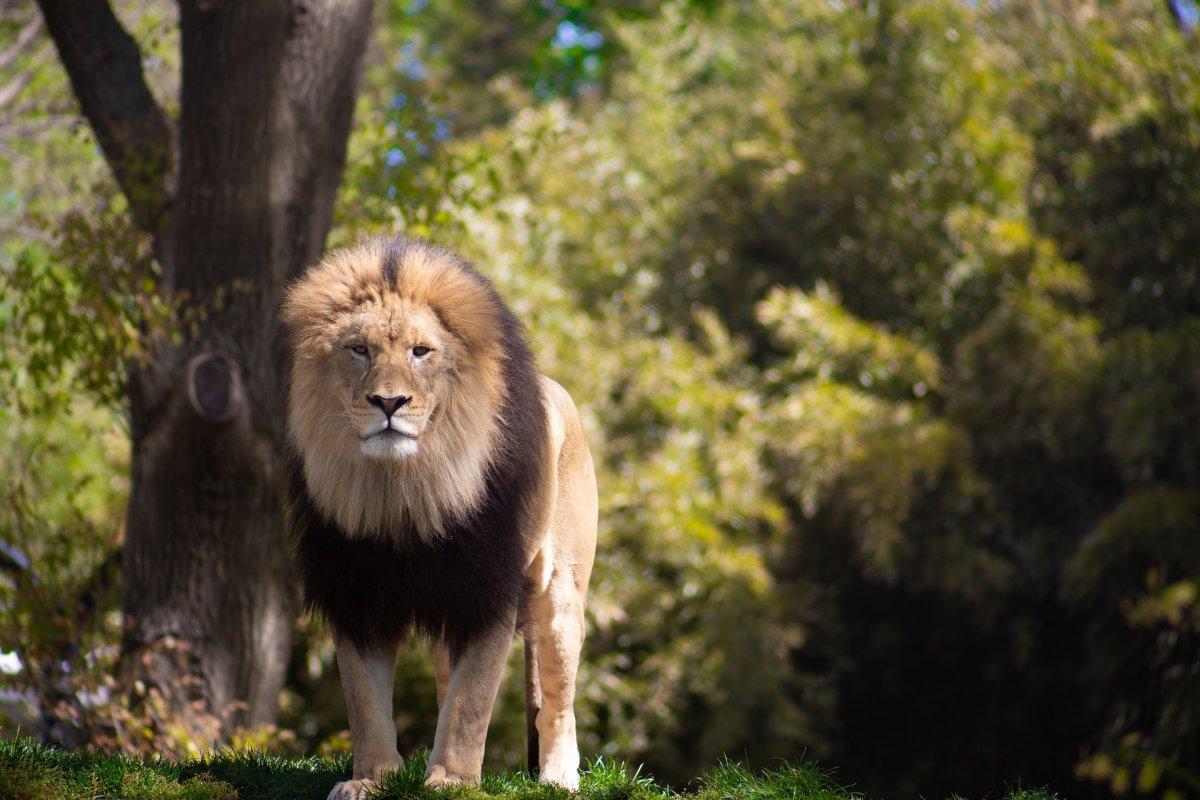
How Many Animals Native to Cameroon?
What is the diversity of native animals in Cameroon?
Let’s look at the total number of species of Chordata (mammals, birds, fishes, and reptiles).
Total number of animal species in Cameroon: 3,101 (14,205 in total in Sub-Saharan Africa)
What are the predators in Cameroon?
There are lots of predators and dangerous animals in Cameroon. The most dangerous one is the human, but you already knew that, right?
Outside of us, Nile crocodiles are one of the largest and most dangerous predators in the world, and they kill many people every year. There are also varied species of birds of prey, and most notoriously lots of snakes, from large and non-venomous to swift and deadly, like the green bush viper.
More About Animals in the World!
Loved these Cameroon animal facts? Want to see what animals live in other countries?
Then check out these posts:
Or click here to see ALL the facts up on the blog! Spoiler alert: there’s A LOT of them.
Share the knowledge! Click on the buttons below to share information about these famous animals in Cameroon with your friends, and help them learn more about the world 🙂
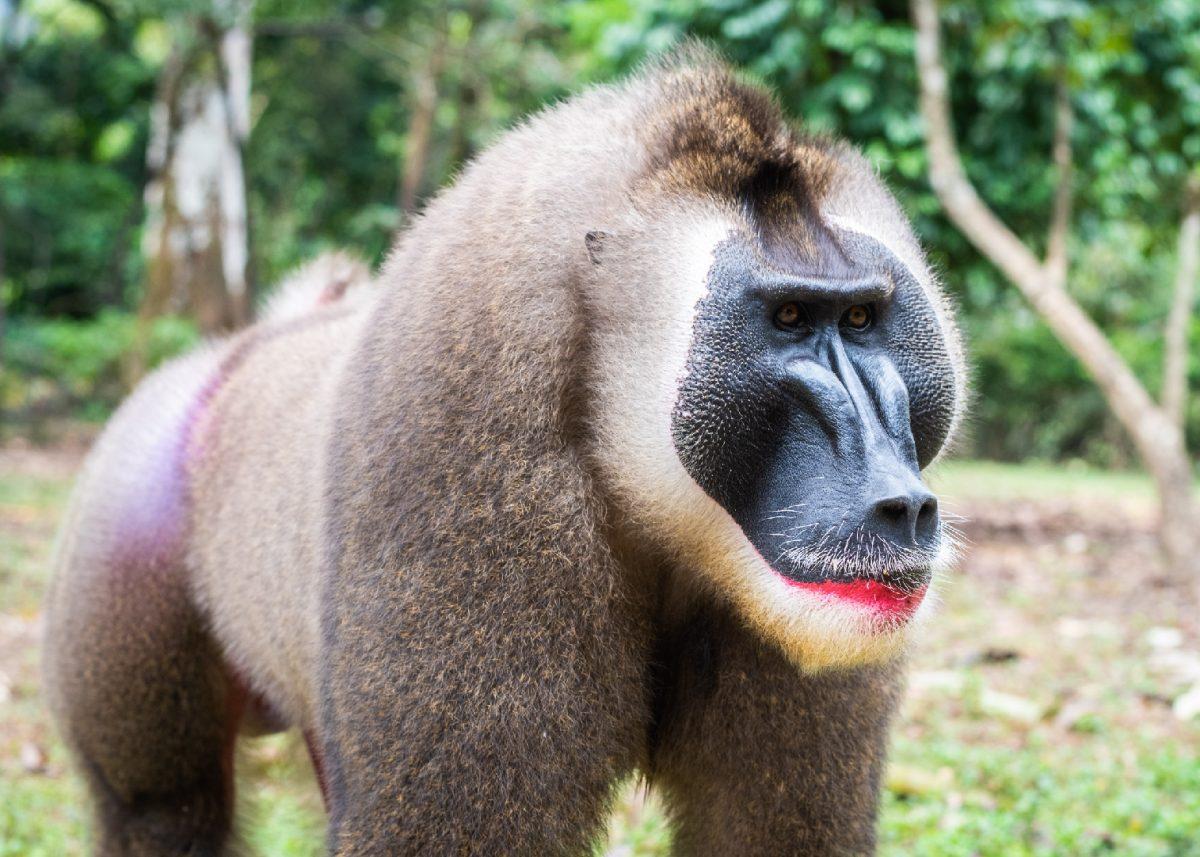

![15 Wild Animals in Ghana [Wildlife in Ghana]](https://www.kevmrc.com/wp-content/uploads/2022/12/15-wild-animals-in-ghana.jpg)
![21 Wild Animals in Fiji [Wildlife in Fiji]](https://www.kevmrc.com/wp-content/uploads/2023/01/21-wild-animals-in-fiji.jpg)
![13 Wild Animals in Somalia [Wildlife in Somalia]](https://www.kevmrc.com/wp-content/uploads/2022/12/13-wild-animals-in-somalia.jpg)